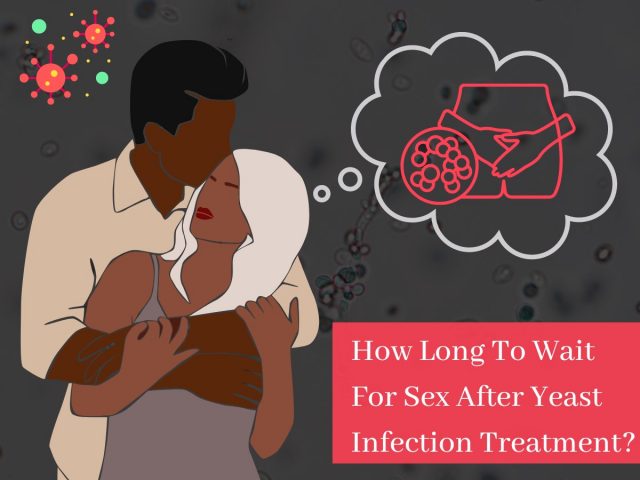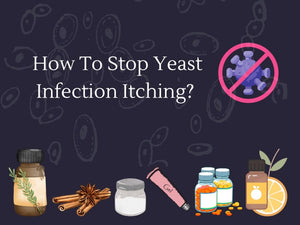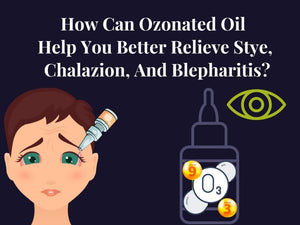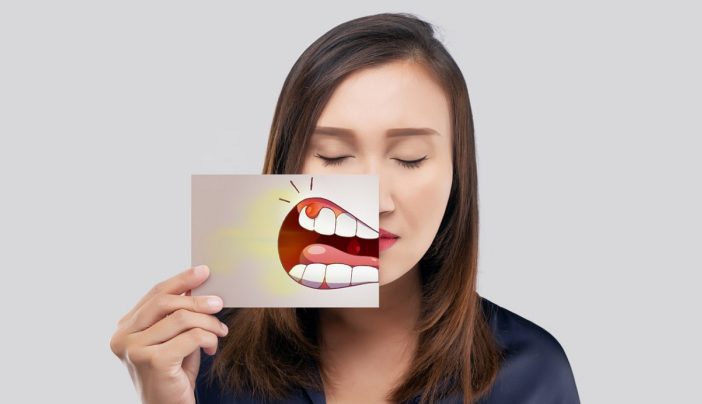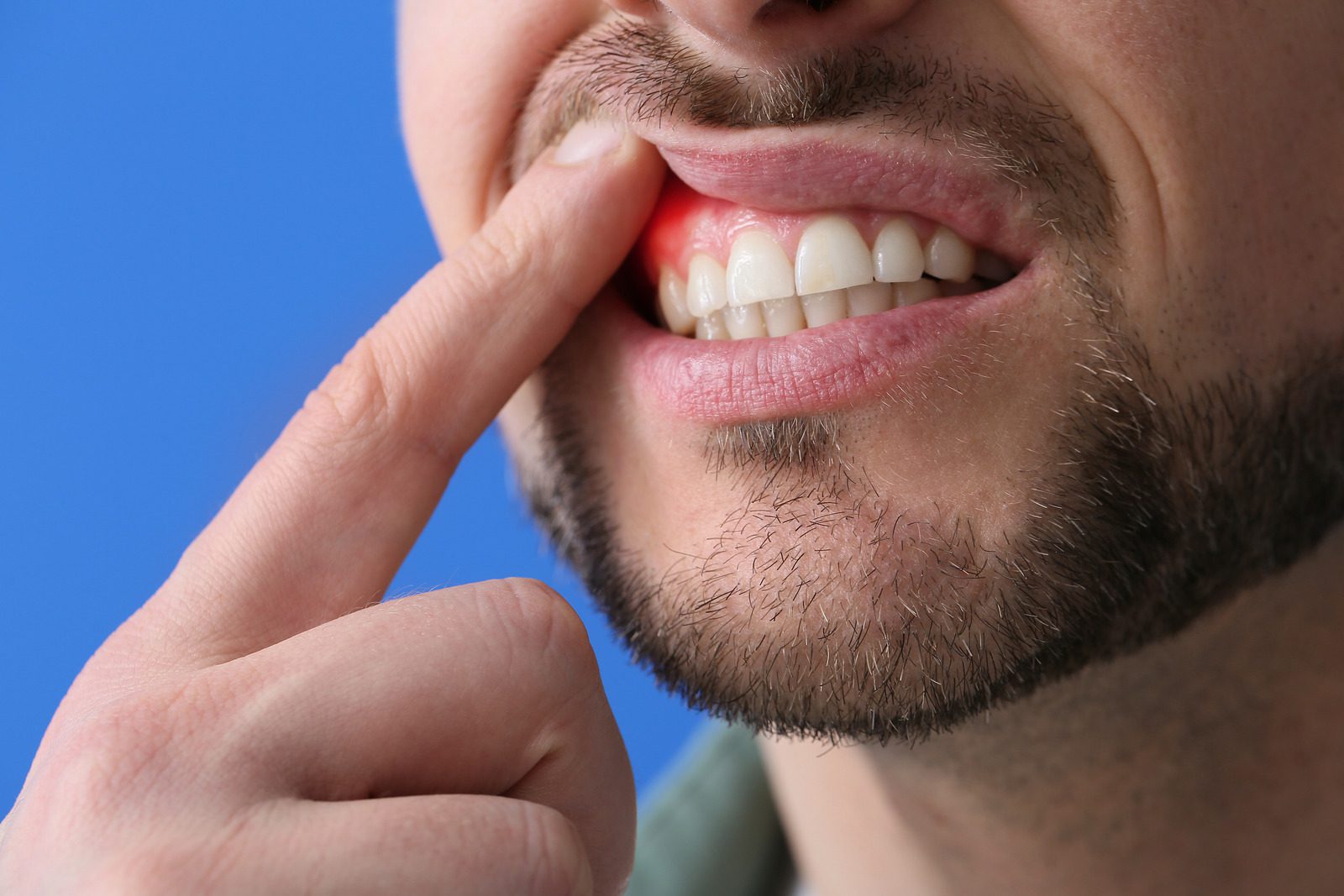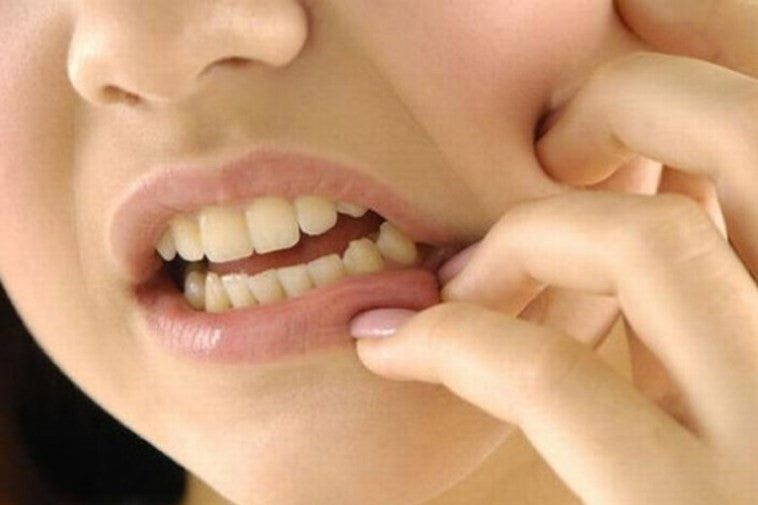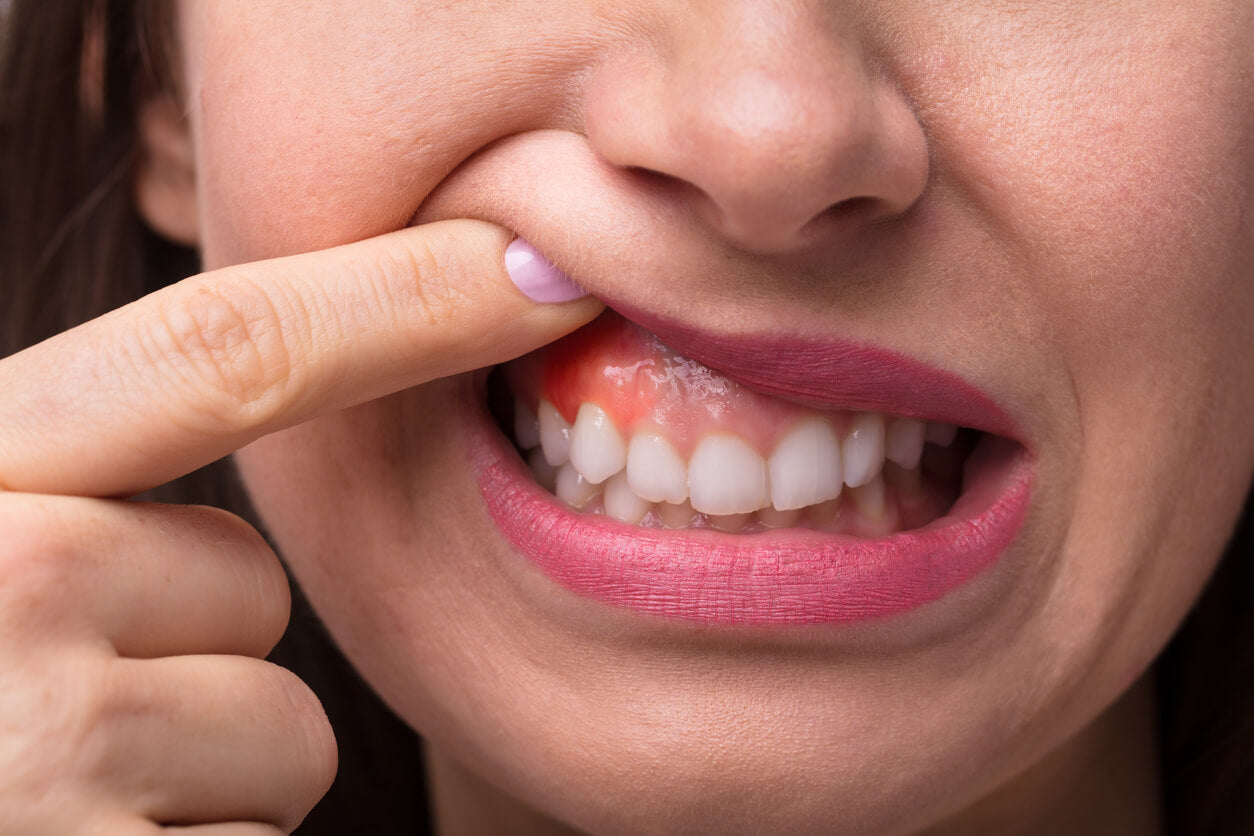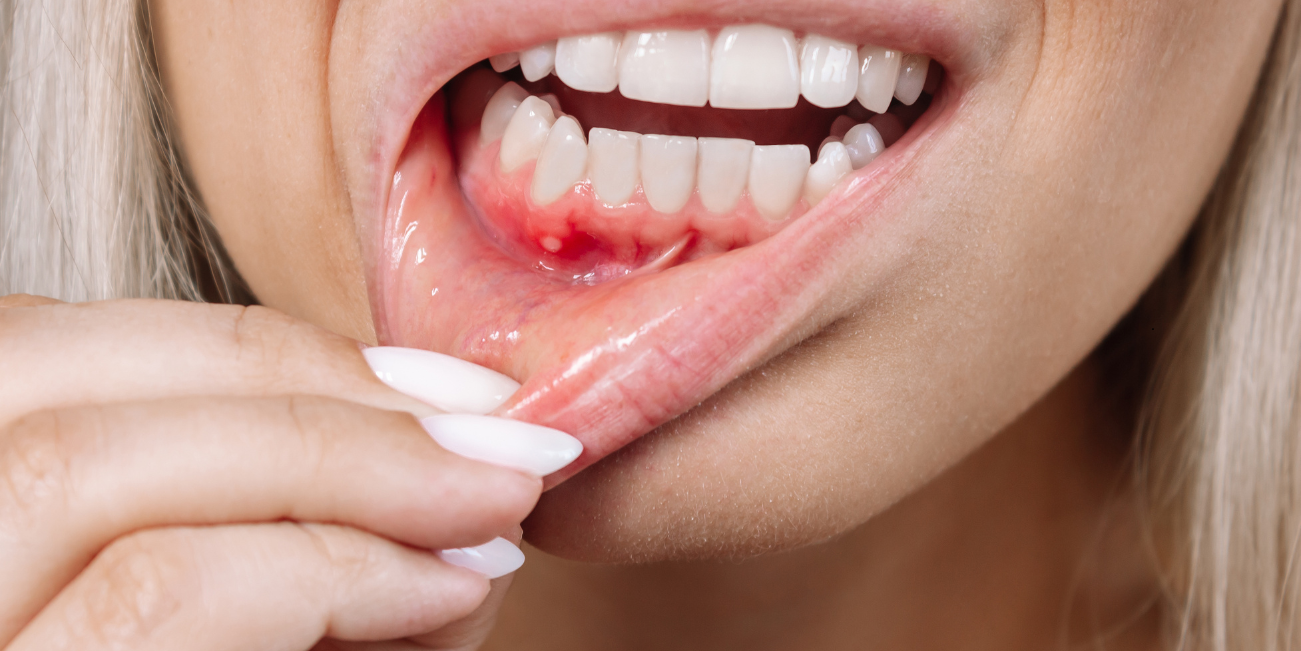Yeast infections are common infections encountered both in men and women. However, females are at a higher risk of developing yeast infections due to imbalances in the protective levels of lactobacillus naturally residing and protecting the vagina. Though a yeast infection is not a sexually transmitted disease, it can enhance the incidence of developing STIs if one partner suffers from this fungal infection and have sex.

Moreover, having sex increases the risk of transmitting the infection to the other partner in case of unhygienic practices and unprotective sex. Also, having sex with a woman suffering from yeast infection can make it very painful and itchy for her. Therefore, it\’s best to avoid having intercourse with a yeast-infected person. It\’s also wise to know how long to wait for sex after yeast infection treatment or how to know if the yeast infection has entirely gone before having intercourse. Read on to resolve all your queries regarding yeast infection and sex.
What Is A Yeast Infection?
Yeast infections primarily affect women, but it also less frequently occurs in men. These infections are caused by a fungus called Candida albicans that naturally live on our bodies. However, due to unfavorable conditions like unhygienic conditions, moist areas, lack of immunity, and defending microflora, this fungus proliferates faster and causes infection.
Yeast Infection In Men And Women
Yeast infections are categorized into two types based on the gender it affects.
- Penile Yeast Infection
- Vaginal Yeast Infection
Vaginal Yeast Infection
Vaginal yeast infection is also known as vaginal candidiasis. The infection occurs in the vaginal cavity and spreads to the vulva; that\’s why it is also known as vaginitis and vulvovaginitis, respectively. According to the CDC report and many research studies, vaginal yeast infections are the second most common infections in the female reproductive tract affecting about one million women in the United States of America every year, next to bacterial vaginosis.
Moreover, regarding a publication posted in 2019 at the National Library of Medicine on Vaginal Yeast Infection (Thrush), 75 out of 100 women experience this fungal infection once in their life. In light of these statistics, it is essential to have substantial knowledge about yeast infections and sexual lifestyles.
Signs And Symptoms Of Vaginal Yeast Infection
- Vaginal pain
- Vaginal soreness
- Itching and burning feeling in the genital area
- Thick white abnormal discharge from the vagina
- Burning sensation and pain during urination
- Pain while having and after intercourse
- Vaginal rash and swelling
- Vulva cracking or dryness
Causes Of Vaginal Yeast Infection
Though the underlying cause of vaginal yeast infection is the proliferation of Candida albicans that occurs in case of an imbalance in average lactobacilli level, many factors contribute to and aid in developing that unfavorable condition. These are:
- Hormonal imbalance
- Uncontrolled Diabetes mellitus
- Excess intake of sugars and sugary products (increased sugars in urine and vaginal tract provide food for yeast growth)
- Stress
- Immunosuppression
- Pregnancy
- Use of antibiotics (causes the death of natural microflora along with pathogenic bacteria)
- Unhygienic condition like a moist environment (mainly occurs when wearing tight swimsuits, unbreathable undergarments, lack of cleanliness, and wiping from back to front)
🛈 If you suffer from frequent and recurring yeast infections, discover the underlying cause causing the yeast to proliferate excessively since the over-the-counter medications will not prevent but temporarily heal the condition.
When To See A Doctor
One should seek medication assistance if:
- Suffered from infection for the first time
- OTC medicines are not effective
- Weak immune system
- Severe symptoms that are progressive in nature
- If you are pregnant
- Recurrent infections
- Fever after OTC management
- Offensive vaginal odor after treatment
Lifestyle Modifications
- Avoid harsh, chemical-laden, and scented soaps and shower gels. Use mild or organic soap for showering. Rinse the area thoroughly with plain water and dry it completely. Do not leave the area moist or damp.
- Do not use fragrant lotions and other sprays in your genital area that may irritate your vaginal tract.
- Always wipe and wash after using the toilet. Wipe from front to back to avoid infections that may spread due to the bacteria in human roughage.
- Do not wear tight or unbreathable undergarments made with silk or nylon fibers. Use cotton fabric for a softer feel and to prevent yeast growth. Also, make sure that your underwear is not moist.
- Use latex condoms of high quality and purity. Discard them after one use, and clean the area properly after having intercourse.
- Avoid excessive douching since it can disrupt the normal flora of the reproductive tract.
Home Remedies
One can try many home remedies besides OTC and prescription medication to aid healing. For instance, using coconut oil as an antiseptic is approved by many researchers, with its efficacy comparable to fluconazole. Coconut oil can be used with other herbs having antimicrobial activity, such as cinnamon. Moreover, apple cider vinegar can help inhibit fungal growth. You can add a few drops of apple cider vinegar to your bathtub.
Many scientific pieces of evidence also prove that garlic can inhibit the proliferation of Candida albicans by causing oxidative stress. Garlic has excellent antifungal and antibacterial properties. You can use 1-2 garlic cloves to make a paste. Dilute the paste with a few drops of coconut oil and a[pply on the genital area. Leave for about 5 minutes, then thoroughly wash and dry.
Calendula leaves are also antimicrobial and anti-inflammatory in nature. You can apply the paste of its few leaves to the area. The method is similar to using garlic for treating yeast infections. Remember that calendula is contraindicated in pregnant females. Similar benefits can be obtained with tea tree and oregano oil, and their application is similar to coconut oil. Nevertheless, exercise care and follow guidelines before using any home remedy since it might irritate your genital area.
Penile Yeast Infection
Yeast infection also occurs in men caused by the same fungi Candida albicans that cause vaginal yeast infection in women. Penile yeast infection that also causes balanitis, characterized by the inflammation of the penis head, occurs due to having intercourse with a partner suffering from yeast infection. Candida is present on the skin without causing any harm, but it thrives due to unfavorable conditions like dampness, causing infection. Furthermore, uncircumcised men have a higher risk of getting such yeast infections.
Signs And Symptoms Of Penile Yeast Infection
- Redness, swelling, itching, and soreness of the penis skin
- Shiny skin patches on the penis
- Presence of red specks
- Burning sensation while urinating
- Pain and burning during sex
- Difficulty retracting the cracked foreskin
Causes Of Penile Yeast Infection
As explained earlier, penile yeast infection is caused by a fungus called Candida albicans that naturally reside on human skin. Nevertheless, a moist environment proliferates its growth, which develops into an infection. It infrequently happens in men, but uncircumcised men are prone to getting it. Moreover, it can develop through intercourse with a partner with a yeast infection.
Risk Factors
Besides having sex with an infected partner, other risk factors include:
- Unhygienic practices; not washing and drying the genitalia properly
- Weak immune system
- Diabetes Mellitus (monitor blood sugar levels to prevent recurrence of infection)
- Immunocompromised patients; HIV-infected individuals
- Obesity
- Wearing tight-fit and damp clothing or undergarments
- Prolong use of antibiotics
- Use of harsh and scented soaps and shower gels
- Use of lubricated condoms
- Uncircumcision
Complications
One of the significant complications of penile yeast infection is balanitis, characterized by inflammation of the penis’ foreskin and head. It causes pain and burning while urinating and having intercourse.
Another dangerous consequence is candidemia or invasiveness candidiasis, in which the yeast infection spreads into the bloodstream. It is a severe condition that requires immediate treatment with high-dose oral antifungals, in some cases intravenously administered antifungal medicines, particularly in patients with weak immune systems.
Penile yeast infections usually last for about 7 to 14 days. However, few patients complain about getting the infections repeatedly for up to 6 months. Such recurrent infections are managed by circumcision in males. Nevertheless, if one is already circumcised and getting frequent infections, adult male circumcision is recommended and suggested, as evidenced by the 2016 research on penile yeast infections.
Treatment
Yeast infection, either penile or vaginal, is treated with over-the-counter and prescription antifungals. These include; miconazole (monistat), terconazole (terazol), and butoconazole (gynazole). These drugs are available in many different dosage forms, such as tablets, creams, ointments, and vaginal suppositories in one, three, and seven days; you can administer them according to your doctor\’s instructions. Moreover, if you get a yeast infection for the first time, consult a doctor before taking an OTC drug. If, after the antifungal treatment, the symptoms don\’t go, ask your doctor immediately to find out the underlying cause.
Having Sex With Yeast Infection
Can you have sex with a yeast infection? It\’s not fatal to have sex with a partner infected with a yeast infection. Nevertheless, many doctors advise not to attempt sexual activity such as penetrating a finger, penis, or sex toy when a partner has candidiasis. It is because the other person is at high risk of getting such an infection, or she may suffer from extreme vaginal micro-tearing due to friction. Moreover, having intercourse can cause the persistent infection to become more painful and irritating. Protected sex with a partner on topical antifungal treatment can break or tear the condom. Also, yeast infection symptoms can appear again if you do not wait too long to have sex after yeast infection treatment.
Yeast Infection Transmission During Sex
Yeast infection might transmit from one partner to another during sex. Nevertheless, the probability is less. If a person has sex with a female with an active yeast infection, he\’s more likely to get a yeast infection, mainly when he’s uncircumcised. Moreover, when a female has sex with another female, there are chances of transmitting vaginal yeast infection. However, more proof is needed for this claim.
Having sex with a partner receiving topical antifungal treatment for yeast infection can also result in decreased efficacy of the drugs. Furthermore, if one takes oral antifungal therapy and has sex, previously ameliorating symptoms can worsen or recur if the treatment is just finished.
How Long To Wait For Sex After Yeast Infection Treatment
Engaging in sexual activity while a partner is on yeast infection treatment can reduce the effectiveness of antifungal medications and can slow the healing process of genitalia affected by fungi. Therefore, avoiding intercourse while a partner is on yeast infection treatment is best. Usually, it takes 1 to 7 days to heal the infection completely. So you should wait for about a week before having intercourse. The healing duration depends on the treatment efficacy and severity of the infection.
How To Avoid A Yeast Infection Following Sex
A woman can avoid a yeast infection after sex by following hygiene practices, for example, washing the genital area thoroughly and drying it completely. A woman should not use fragrant and chemical-laden soaps and other cosmetics after sex but should use lukewarm water to clean the area properly. Moreover, she should prefer wearing breathable underwear made of non-irritant and non-allergic fabric. On the other hand, a man should also clean his genitalia thoroughly using plain water after having intercourse with a partner on yeast infection treatment.
How Long Does A Yeast Infection Last?
A mild yeast infection usually lasts for about three to five days. On the other hand, moderate to severe candidiasis requires a week or two to heal appropriately until all the symptoms are gone. Therefore, it\’s best to avoid having sex with a partner with an active infection or with one having treatment to avoid further complications and worsening symptoms like swelling, micro abrasion, pain, and irritation of the vagina.
Can You Have Sex With A Yeast Infection: Professional Advice
It is possible to have sex with a yeast infection, but the experience is so unpleasant that no one feels pleasure, only discomfort. It can make the topical and oral treatment less effective and aggravate the present complaints. Therefore, wait about five to seven days until all the symptoms have gone before intercourse with your partner.
Preventions
- Wash your vaginal area thoroughly with lukewarm water
- Do not use douche, fragrant soaps, or harsh chemical-laden cosmetics near genitalia
- Immediately change swimsuits and dry the body before wearing the next apparel
- Do not wear silk, nylon, or satin underwear
- Always wear cotton and dry underwear
- Avoid using fragrant menstrual devices
- Urinate after having sex
- Do not use antibiotics unnecessarily
- Cut down on carbs and processed food
FAQs
Can You Get Yeast Infection From Bath Water?
No, you cannot get a yeast infection directly from the bathtub. Nevertheless, there are specific cautions that one should keep in mind while on a yeast infection treatment. Firstly, showers are better than baths since the water that hits your genitalia should flow away immediately rather than your genitalia being soaked in bathwater. It is because water can act as a medium for yeast spread. Secondly, avoid sexual intimacy while bathing with your partner; showering is better than bathing in a tub.
Moreover, if you are taking a sitz bath with apple cider vinegar, boric acid, or Epsom salt as a home remedy to treat vaginal yeast infection, do not sit in for more than ten minutes. Also, use different towels for each person to wipe their bodies and avoid using fragrant cosmetics and toiletries.
Can Kissing Spread Yeast Infection To Other Partners?
Candida fungi might spread to the other partner while kissing, but that does not mean a yeast infection. Since these fungi naturally live on human skin, kissing can transmit more candida, which requires our bodies to regulate the healthy balance of microflora. Moreover, you can only develop thrush if you have other risk factors like a weakened immune system and ongoing antibiotic therapy.
Can Penile Yeast Infection Spread To Women On Sex?
Since yeast infections are less common in men than in women, the risk of passing a yeast infection from man to woman is extremely low.
Why Do I Have Yeast Infections So Frequently?
Frequent yeast infections occur due to unhygienic practices, weak immunity, prolonged antibiotic use, diabetes, and not completing yeast infection treatment appropriately.
Does Sex Cause Yeast Infections?
Sex does not cause yeast infection. However, if a partner suffers from vaginal yeast infection, the other partner will likely get the infection too. Such incidences are high in the presence of risk factors (mentioned earlier)` and poor hygiene. Moreover, always urinate after sex and wash the genitalia thoroughly to avoid several infections.
Are Yeast Infections Contagious?
Yeast infections are not contagious in the contextual meaning. It can transmit from one partner to another in case of penile-vaginal penetration or oral or anal sex. However, it cannot spread to other people through saliva, touch, nasal droplets, or by any means that makes something contagious. According to research, approximately 15 percent of men get yeast infections from infected females after intercourse.
Can You Get A Yeast Infection From Oral Sex?
Yes, oral sex in a couple with one infected with a yeast infection can transmit the thrush in the mouth, vagina, and anus. Though the condition is treatable, it can make the genitalia and mouth cavity painful, crackling, soring, and itchy. Therefore, avoid having intercourse with a partner suffering from active yeast infection. Wait for about seven days before sex after yeast infection treatment.
Is It Possible For A Man To Infect A Woman With Yeast?
The possibility for a man to infect a woman is relatively low, yet it can happen too. Prevention is the best cure.
Should I Be Concerned About Painful Sex When Infected With Yeast Infection?
If you have a yeast infection and have sex, it can make the experience painful rather than pleasurable. Your vagina might get micro-abrasions, tearing, crackling, soreness, and swelling, and you might bleed after wild sex due to the penile-vaginal penetrating action and friction.
How To Know If The Yeast Infection Has Gone?
The symptoms of yeast infection begin ameliorating once the treatment is started. However, many females complain about itchiness and redness in the vagina after the infection has almost recovered. Therefore, after a week, when there are no symptoms of itchiness or irritation, you can say that you are fully healed.
Does Too Much Sex Cause Yeast Infection?
Sex is not the direct and primary cause of yeast infection, and you cannot get the infection with too much sex. Despite this, you may develop a yeast infection if you practice unhygienic practices, wear damp or tight clothes, have a weaker immune system, or take antibiotics or excessive sugars. Moreover, you can get an infection from your partner during intercourse.
Can You Wait For 4 Days After Yeast Infection Treatment Before Intercourse?
Yes, it is preferable to wait for 4 to 7 days after yeast infection treatment before intercourse. The healing duration varies with the individual, treatment efficacy, and severity of the infection. So check for the symptoms before running to your bedroom.
Does Leaving Sperm In Overnight Cause Yeast Infection?
Sperms do not cause yeast infections. Nevertheless, sexual activity can alter the balance of lactobacilli in the vagina, leading to yeast infection in an unfavorable condition.
How Long To Wait To Have Sex After Yeast Infection Treatment With Monistat?
You can have sex after seven days of the Monistat 7 treatment, three days after Monistat 3 treatment, and 24 to 48 hours after the Monistat 1 treatment. It means that the sex-holding period depends on the treatment plan. Therefore, it\’s better to observe the symptoms before intercourse.
How Long To Wait To Have Sex After Yeast Infection Treatment With Monistat 1?
Wait for about 24 to 48 hours after Monistat 1 treatment. Also, when you do not feel any itchiness or pain in your vagina, you can have intercourse.
How Fast Can A Man Get A Yeast Infection After Sex?
A man can get a yeast infection quickly while having intercourse with an infected partner. He might feel itchiness and crackle on the penis with red specks, shiny white patches on the penis, and white discharge underneath the foreskin.
How Long After Using Monistat 1 Can I Have Intercourse?
It is not recommended to have sex while on Monistat therapy is not recommended since the treatment will become ineffective or less effective. You might severely irritate your vagina, eventually becoming challenging to treat.
The Bottom Line
When can you have sex after a yeast infection? It can be uncomfortable to have sex when you have an active yeast infection or are on yeast infection treatment. Therefore, it is recommended to wait for about 1 to 7 days for sex. This duration depends on the potency and duration of Monistat (miconazole-antifungal) therapy. Nevertheless, you can ensure that all yeast infection symptoms have gone before sex.


